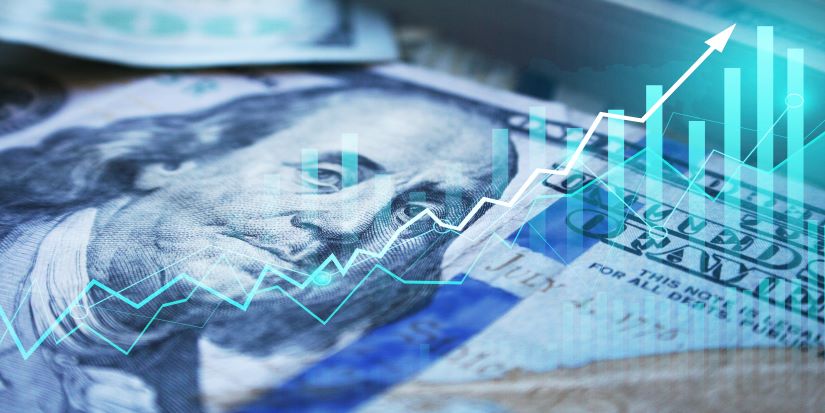
Turn Your Trades into Food
-
 Jared Dillian
Jared Dillian
- |
- February 2, 2023
- |
- Comments
By the time this email lands in your inbox, I’ll be in Miami for a little business and pleasure. I’m seeing some subscribers and going to see Dave Seaman play at the nightclub Do Not Sit On The Furniture. I’ve got table reservations and everything. I live for this stuff.
Eating What You Kill
Many years ago, I read a book called Trading for a Living by Dr. Alexander Elder. It was a good book, but I read it two decades ago, so nothing really stuck with me except for the feeling that trading for a living is really, really hard. I can’t imagine being in a position where I am truly eating what I kill. That wasn’t even true at Lehman Brothers, where they paid me on a salary/bonus structure and where, theoretically, the size of the bonus somewhat correlated to how much money I made trading. Then again, there wasn’t much correlation at all.
I suppose I’m eating what I kill in my newsletter business, but that’s a much more stable business model than trading. Sometimes subscriber growth is strong, sometimes it’s weak, but it’s very unlikely that I’ll lose half or all of my revenue in a single year. In trading, that’s absolutely the case.
And it’s not like traders are the only people out there who eat what they kill. Salesmen do, too, and that’s a lot of pressure.
I live in South Carolina, and one of the local car dealerships has a commercial that I think is a bit ill-advised. The point of the commercial is to show that they have several long-tenured employees, but one of them is wearing a driving cap, one of them is wearing shorts, all of them look pretty terrible, and they are not all that impressive. The commercial has the opposite effect of what they intend.
Anyway, there are strong salespeople out there who make a great living. I once toured some Miami real estate in 2014 with a real estate agent. He showed me $300,000 condos while telling me he had a steady stream of Venezuelan ex-pats who would buy $4 million condos practically sight unseen and then have the money wired at closing. He was doing pretty well, to say the least. But I’m sure since then, even he’s had a few cold spells along the way, and that he started to doubt his abilities after a while. Maybe he even cut back on the Ferragamo loafers.
Turn It into Food
One of my favorite phrases at Lehman (that I coined) was “turn it into food.” You have a winning trade, terrific! Sell some, sell half, sell all, and turn those profits into something you can eat. Otherwise, the paper profits are just an abstraction. And if you are trading for a living, you have to take profits. Lustily. You do not have the luxury of letting a trade run for 10 years. Some people get married to a position because they think it is the greatest trade ever and there will never be another one like it. That isn’t true. There are always opportunities—you just have to look around. Miss one, there will always be another one. I can assure you of that.
I will tell you what’s really fun: when you have a good trade and use the profits to buy something tangible. You might have a nice trade and buy a watch or something like that. In 2015, I had a great trade shorting the Canadian dollar and bought a house with the proceeds. It’s the same house I’m living in today. Of course, it’s always fun to watch the number get bigger in the account. But it really means something when you turn it into food.
Don’t Blow Yourself Up
When things are going well, I think I can trade for a living. When things are going poorly, I think that’s a crazy idea. Things are going well at the moment. Last year’s environment was very challenging, but financial conditions have eased a bit. As they say, though, “never confuse brains with a bull market.” If you can merely survive in bear markets like what we had last year, then you should be able to thrive in more favorable environments.
Last year was about the toughest environment imaginable. Everything was tough—stocks, bonds, commodities. No place to hide. If you scratched out a small gain in 2022 (like we did with Street Freak), then I would consider that a major moral victory.
Of course, the #1 rule of trading for a living is: Don’t blow yourself up. And when I say blowing yourself up, I mean, don’t even lose 20%. That’s very difficult to come back from, and the negative psychology that stems from a loss of that magnitude is difficult to overcome. It’s like the Hippocratic Oath: First, do no harm.
To all of you who do trade for a living, much respect. Up until this point, I have been too chicken.

Jared Dillian
subscribers@mauldineconomics.com

 Jared Dillian
Jared Dillian